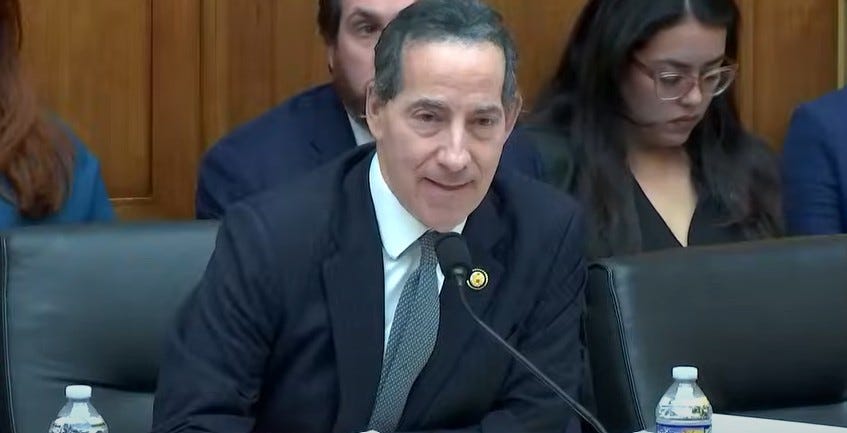Alex Tai | SOPA Images | Getty Images
NFTs, or non-fungible tokens, have come for just about every corner of the Internet and every business willing to throw money at what’s been dubbed “Web3” — a hypothetical, future version of the net based on blockchain technology.
As they do, Hang, a new B2B startup in the fledgling space, is looking to help some of the world’s largest brands replace their existing membership and loyalty programs with NFTs using the technology.
The rise of the internet meant that anyone could view images, videos and songs online for free. People are buying NFTs out of the belief that they’ll be able to prove ownership of a virtual item through blockchain technology, which serves as a digital ledger of transaction history.
Last week, the company announced that it raised a $16 million Series A funding round led by crypto venture firm Paradigm, which holds a stake in some of the largest crypto players, including FTX, BlockFi, and Coinbase. Additional Hang investors include Tiger Global, eyewear company Warby Parker, shoe retailer Allbirds and Kevin Durant’s Thirty Five Ventures, among others. Its early clients include Budweiser, Bleacher Report, Pinkberry as well as music festival groups Bonnaroo and Superfly.
“For most brands at a certain scale, it’s pretty hard to offset increasing customer acquisition costs,” Hang co-founder and CEO Matt Smolin told CNBC. “The best way to do that is by increasing the lifetime value of their user base and harnessing loyalty,” which he adds is often done through a tier-based rewards system: the more frequently a customer purchases something or interacts with a given brand, the more benefits they get, and in some cases, they can “level-up” to a certain kind of customer status.
“Because of blockchain technology, NFTs create a way for brands to incentivize their users to not only rank up to a new level in their program, but actually appreciate the value of the asset that they own and can later be resold on [NFT] marketplaces,” Smolin said. “[Brands] can also take a royalty or percentage from each resell transaction as users continue to fast-track their loyalty status, which inevitably will just make them more aligned with that brand.”
But that’s not without its risks.
NFTs are unique digital assets, often collectibles like artwork and sports trading cards, that are also verified and stored using blockchain technology, but critics see them as overhyped and potentially harmful to the environment given the energy-intensive nature of cryptocurrencies. Many NFTs are built on the network behind ethereum, the second-biggest token.
CNBC’s Eamon Javers recently reported that, since May, criminals have stolen as much as $22 million in NFTs using Discord — a social platform that’s become a hotbed for crypto traders to communicate in recent years. Analysis firm TRM Labs found that there were at least 10 accounts compromised within NFT channels on the Discord platform last month. Those hackers used what the firm calls “social engineering” techniques to create a false sense of urgency around a given digital asset, sending imposter messages that would instill “FOMO,” or fear of missing out, in users who were looking to either buy or sell their NFTs.
Matt Smolin, Hang co-founder and CEO
Carlton Canary
“Much of what we’re doing isn’t really for your typical crypto audience,” Smolin said. “We’re trying to work with some of the world’s largest brands and help them solve real problems for their business. Yes: if [the brand] wants, they can have their customer pay with ethereum or whatever crypto token, but for the most part, many of these brands are actually opting for their customers and users to sign up with an email and credit card.”
Of course, that would involve the brand converting a customer’s payment into cryptocurrency to complete the NFT transaction that underpins a given reward redemption. But Smolin asserts that Hang’s long-term success, and wider adoption of NFTs beyond just artists and collectors, will rely on integrating some of the transaction technology consumers were already familiar with, “like email and credit card.”
Investors have been quick to assert that long-term value in digital assets will come from their utility. It’s a message that’s been difficult for institutional investors to digest as collectible artwork, such as the prominent Bored Ape Yacht Club and equally-hyped Crypto Punks, continues to experience dramatic price volatility in tandem with the recent “crypto winter” downturn.
“Bored Ape Yacht Club’s model is all about exclusive, limited supply and that works really well for them. But for most brands, it’s far more impactful to capture millions of people who spend 10% more per year than it is for them to get 10,000 people to spend $400 bucks once or twice,” he said. “A lot of the future that we’re building is toward these NFTs being free and users actually obtaining them in a store, on a website or in an app. And no longer is it the scarcity about how many NFTs are being sold, but just the leveling system.”
It’s a fresh perspective within the struggling crypto industry. Amid “crypto winter,” major names like Three Arrows Capital and lenders like Celsius and Voyager Digital have all filed for bankruptcy, which has shaken confidence in the sector.
Still, ethereum and other coins rallied this week, with ethereum hitting its highest level in nearly a year, after a long plunge that took it down nearly 70% from its peak last November.

























































